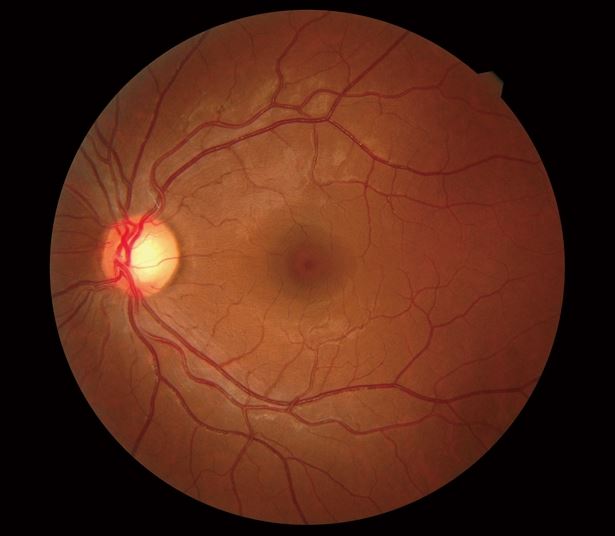OCT 3D RETINAL SCAN
OCT 3D RETINAL SCAN
Many eye diseases in their early stages do not show symptoms. With early detection, many diseases can be treated, preventing possible blindness. Optical Coherence Tomography (OCT) is one of the most advanced diagnostics tools available primarily used for the detection of macular degeneration, glaucoma and diabetic eye disease.
This instrument uses projected near-infrared light to provide a 3D image in micron scale resolution to enable us to view beneath the surface of the retina at the layers below. It is also capable of anterior imaging providing information on the cornea to assess a patient’s suitability for refractive surgery. It can also assess the internal drainage structures of the eye to assess for risk of angle closure glaucoma.

Having a scan taken is safe, painless, quick and non-invasive. If the pupils are small, the optometrist may use drops to dilate the eyes for better imaging. If dilating drops are needed, you may be light sensitive for a few hours. The scans are stored on file so that over time, the images can be compared providing treatment guidance.
Who should have an OCT?
- Family history of eye disease
- Diabetics and smokers
- Unexplained vision loss
- Anyone with health conditions or is taking medication with known side effects for the eyes.
- Anyone over 40 years of age
